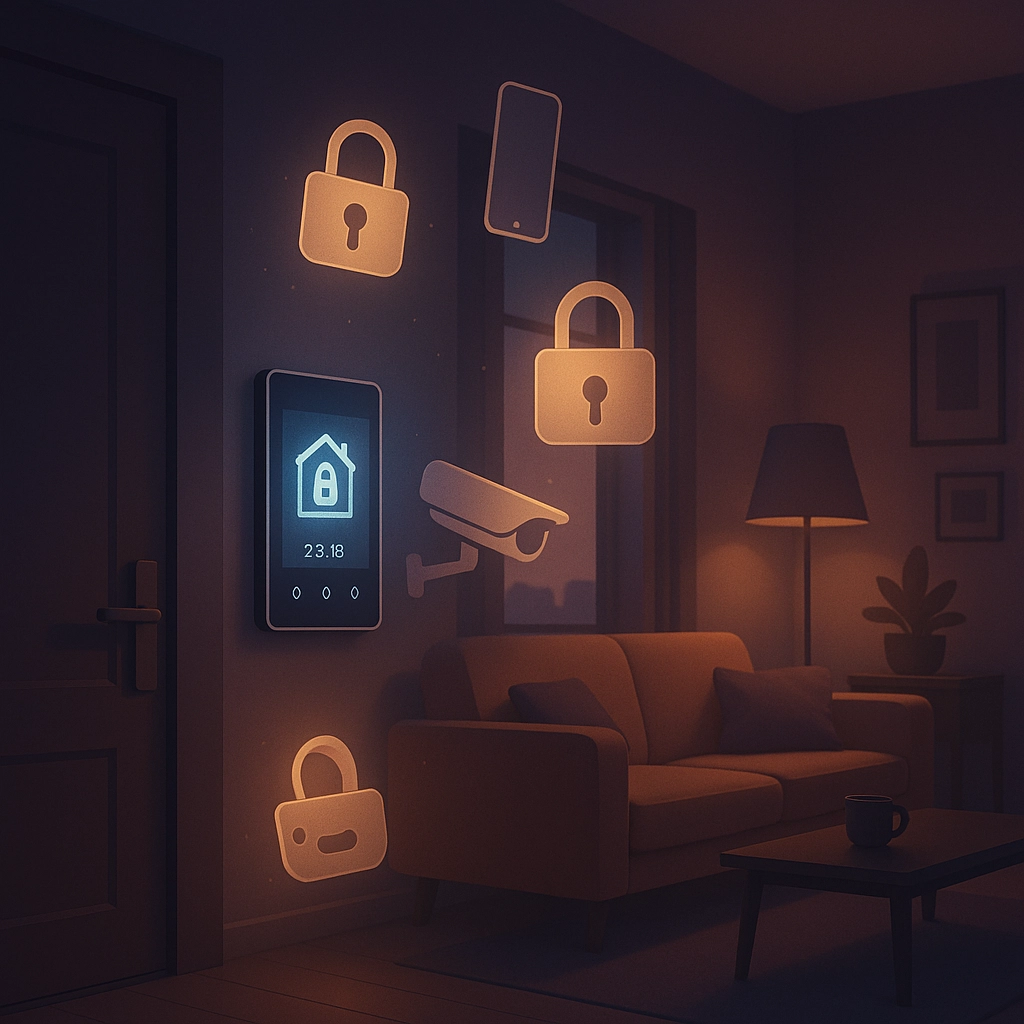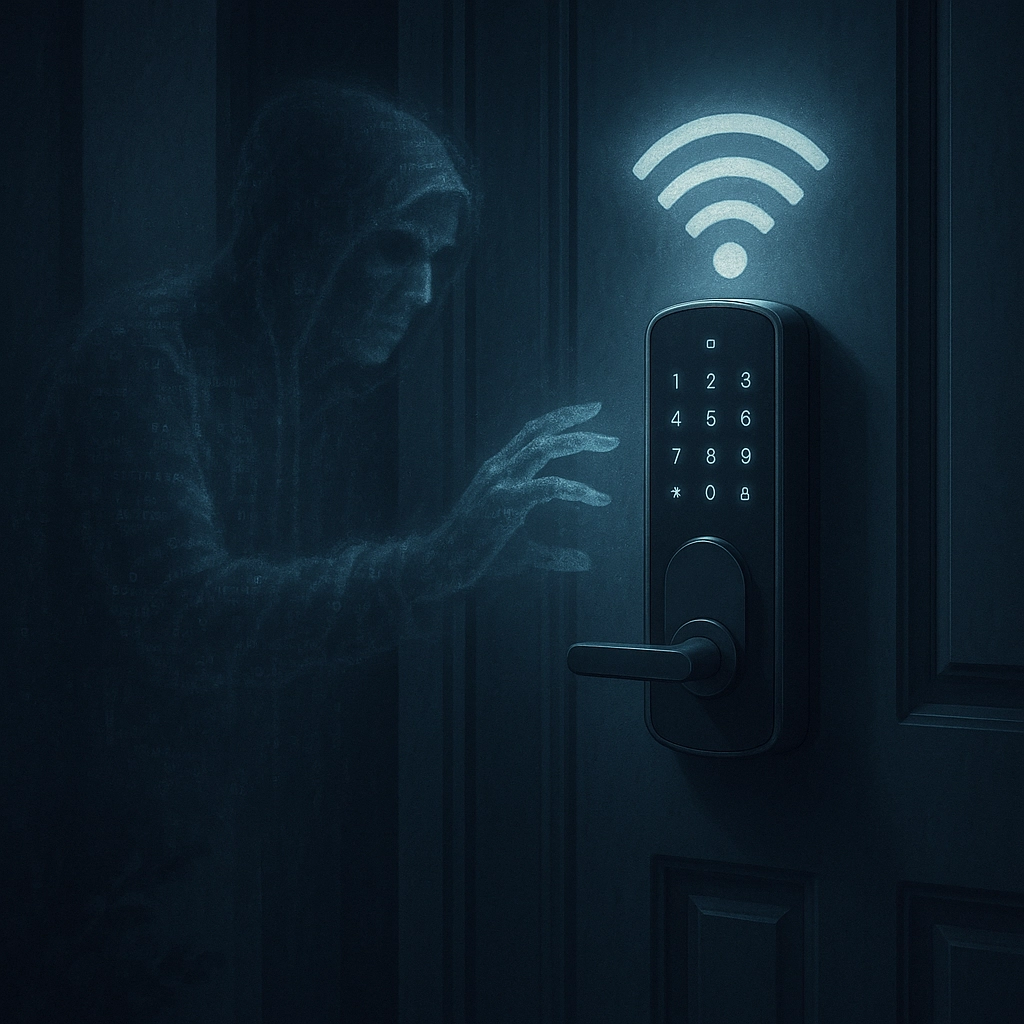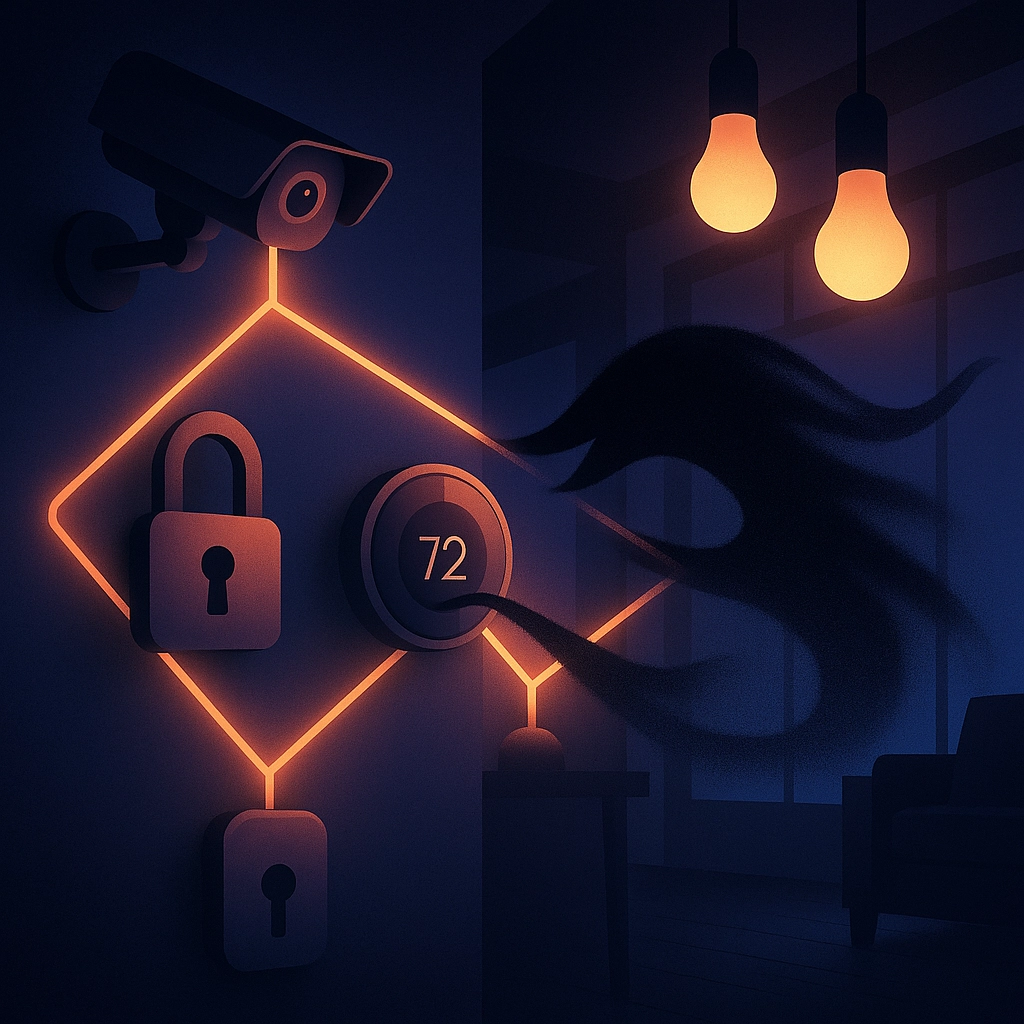Smart security systems: they're the futuristic solution for peace of mind. It feels like progress, right? We mount cameras, plug in smart locks, connect sensors to our phones, and suddenly our homes and offices respond to every ping and trigger. But as the tech gets slicker, the threats get smarter—and most folks have no clue what’s lurking behind the allure of “connected security.”
So let’s pull the curtain back and talk about the real risks these systems bring into your world.
The Trade-Off: Convenience vs. Vulnerability
When you install a smart security system, you expect secure boundaries—the locks click shut, the cameras watch silently, and your phone buzzes when someone approaches the door. But here’s the catch: every smart device you connect can be a back door for someone who knows how to look. In the race for seamless convenience, manufacturers often cut corners on cybersecurity.
Think about it: most of us leave our devices on default settings—easy passwords, barely a glance at the manual, and updates? Who has time? But these oversights can open up glaring vulnerabilities. The result? Devices intended to shield us sometimes throw open the gates to hackers.

Low-Hanging Fruit: How Weaknesses Happen
Security isn’t just a mechanical issue anymore. The dangers start small—a default “admin/admin” username and password, old software that never updates, or a setting left wide open for remote access. Each of these slip-ups allows someone, somewhere, to poke and prod for weaknesses.
Consider smart locks. Unlike old-school locks, which at least require you to be there in person to pick or break them, smart locks are accessible to bad actors anywhere in the world—if they can breach your network, they can yank open your front door while you’re a thousand miles away. Security cameras can flip roles, too. Instead of keeping the bad guys out, they can unwittingly act as lookouts for anyone who’s hacked in: observing your routines, tracking when the place is empty, even recording private moments meant to stay behind closed doors.
They’re Already Knocking: Real-World Attack Stats
If you think this all sounds like a movie plot, here’s reality: cybersecurity labs hooked up smart home gadgets for just a week. In that short time, they racked up more than a thousand hacking attempts from all over the world—with some attackers hammering away at default passwords over and over again. Expand that test to a full month, and the numbers skyrocket—tens of thousands of scans and thousands of full-on break-in attempts.
Hackers don’t care if you’re a regular homeowner, a local business, or a high-security executive suite. The bots are looking for any open window, and most casual users make it too easy by simply not changing the basics or keeping their devices updated.
Digital Break-In, Physical Consequence
This stuff doesn’t just live in the ether. A compromised camera isn’t just a privacy loss—it’s an open invitation for someone to study your movements, scope out your property, and plan for an opportune moment. And a hacked lock isn’t theoretical. It’s a genuine, physical risk. You could be halfway across the world, and your “locked” door could snap open because a hacker found a weakness.
With the digital world now tied so tightly to our physical safety, the lines blur. Devices meant to keep us safe can sometimes make us more vulnerable. And smart gadgets, especially when rushed to market, can harbor the very tools that bad actors need.

Where the Dangers Hide
If there’s one big lesson here, it’s that the interconnectedness that makes smart security powerful also multiplies risk. Think about it: you’ve got a motion sensor here, a smart doorbell there, maybe your lighting system’s online too. If a hacker slips past the shield on just one device, the whole network—and everything connected to it—can be at risk.
It’s a domino effect. Compromise a single weak spot, and suddenly the attacker’s inside your home network, nosing around, mapping out every device. From there, other devices fall like dominoes, giving a skilled hacker insight or control over more than just security—they might access your computer, files, or even smart thermostats and appliances.
Protecting What Matters: Making Smart, Secure
You don’t have to reject modern tech—but you do need to get proactive. Start with smarter device choices: stick to trusted brands with a real track record for security. Yeah, it’s tempting to pick up a low-cost smart lock or camera online, but those knockoffs might ship with ancient firmware, sketchy privacy settings, and zero real updates or support.
Set up your devices with care:
- Change the default password immediately—make it long, unique, and tough to guess.
- Regularly check for and install software updates; most vulnerabilities are exploited through outdated firmware.
- Segment your smart devices onto a separate network—if possible, isolate security systems from your personal devices.
- Turn on advanced security protocols (think WPA3 for Wi-Fi routers).
- Shut down features you don’t use; every enabled capability is another door into your system.
A layered approach matters: even if one system gets compromised, network separation and strong credentials can prevent further damage.

The Path Forward: Smarter Security Mindset
Smart isn’t the same as secure. The paradox of modern security tech is that, for all its shiny bells and whistles, it still depends on solid digital foundations. It’s on us to shift our mindset—evaluate devices for more than just features, check for genuine protections, and stay engaged with updates and news about vulnerabilities.
Here at ICS Technology Group, we’ve made it our mission to cut through the hype and give business owners and homeowners real guidance for safe, strategic security choices. We test, we advise, we help you see the angles and pick solutions that blend innovation with real-world safety.
If you’re investing in a new system or want your current smart home setup evaluated, don’t just hope you’re safe—get a professional security assessment. Want to dig deeper or book a consult? Check out our service offerings or schedule a security assessment.
In the end, today’s security isn’t just about steel and bolts—it’s about digital vigilance, smart choices, and making sure the tools we adopt don’t come with more risks than rewards.
Security might be smart, but you need to be even smarter. The future is connected—make sure it’s also protected.


